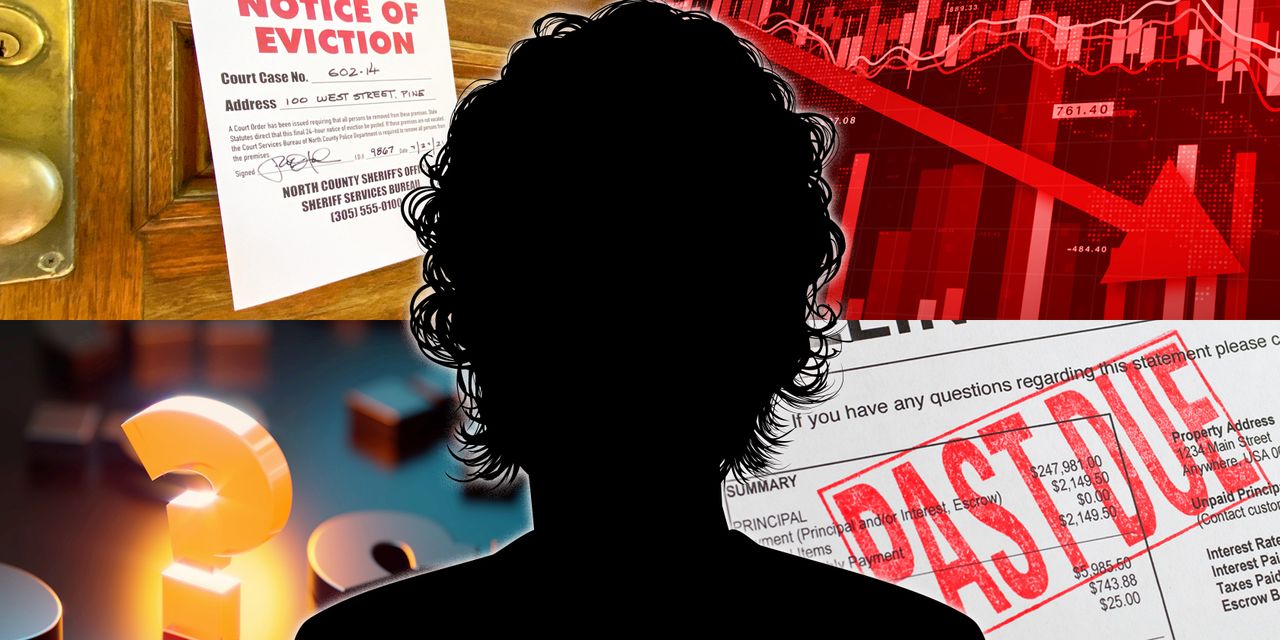
We want to hear from readers who have stories to share about the effects of increasing costs and a changing economy. If you’d like to share your experience, write to [email protected]. Please include your name and the best way to reach you. A reporter may be in touch.
For many people living in the U.S., these are tough — and confusing — times.
On Friday, the Labor Department reported 263,000 new jobs in November, while the unemployment rate held steady at 3.7%. Layoffs remain low, despite mass job cuts in the tech sector. Average hourly wages have also risen 5.1% in the past year, but still lag behind inflation for many workers. And there were 10.3 million job openings in October — slightly down from the previous month’s 10.7 million.
Some people might see the latest economic data as both challenging and confusing.
The cost of living rose 7.7% on the year in October. The once red-hot housing market is finally cooling, thanks to mortgage rates that have more than doubled over the last year amid the Federal Reserve’s attempts to rein in inflation, and rents, while moderating, have surged from pre-pandemic levels. Borrowing money to cover increased precarity is becoming more expensive, too, with the average credit-card APR at 19.2% as of Nov. 30, according to Bankrate.
“‘It’s just mind-boggling, the disconnect that we’ve seen.’”
Given all the conflicting signals, economists say it can be difficult for consumers to know exactly how to feel about the economy at the moment. “It’s not new, this disparity between the actual facts on the ground about what’s going on in the economy and the sentiment,” said Heidi Shierholz, president of the Economic Policy Institute, a left-leaning think tank.
“I remember this summer it was just unambiguously the strongest jobs recovery we’ve had in decades,” she added. “There’s just absolutely zero chance that we were in a recession — not only were we not in a recession, we were in just an extraordinarily fast recovery — and the polling, a huge share of people actually thought we were in a recession. It’s just mind-boggling, the disconnect that we’ve seen.”
Still, the fact inflation is eating into people’s savings — and that essential goods like food, energy and housing have spiked in cost — is bound to make some unhappy.
Struggling to pay for rent and food
“Going into the pandemic, more than seven out of every 10 extremely low-income renters were already spending more than half of their income on rent. And then the pandemic hits; we saw a lot of low-wage workers lose their jobs and see an income decline,” said Andrew Aurand, vice president for research at the National Low Income Housing Coalition. “Then in 2021, we see this huge spike in prices. For a variety of reasons, they’ve struggled for a long time, and since the pandemic, it’s gotten even worse.”
And what about the average American? Maybe you can’t afford your favorite family meals, as the price of grocery store and supermarket purchases has jumped by 12.4% from last year. Or maybe you’re putting off a trip to see family this holiday season thanks to the higher cost of airfare, or you’re worried about losing your job as some business leaders warn of a recession. Perhaps you’re forced to rely on credit cards and personal loans — with credit-card debt up 15% from a year ago.
MarketWatch has chronicled many of these changes, detailing renters’ frustrations, families’ tough choices at the grocery store, and the reality faced by would-be home buyers sidelined by higher rates and dwindling affordability.
But we would like your help telling an ongoing story about the American economy, centering the experiences of everyday people. Our readers know better than anyone about how today’s economic conditions have impacted their daily lives.





